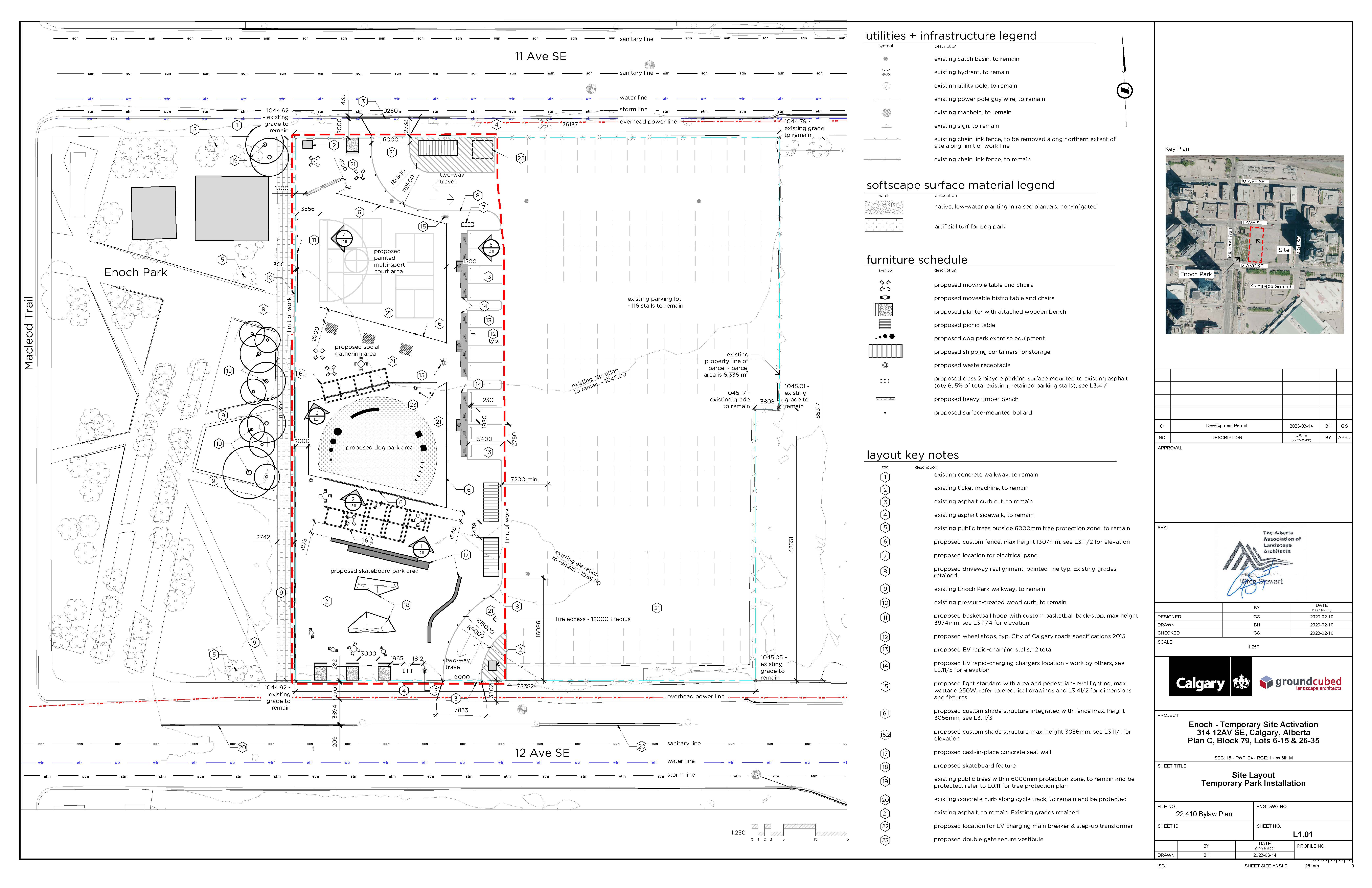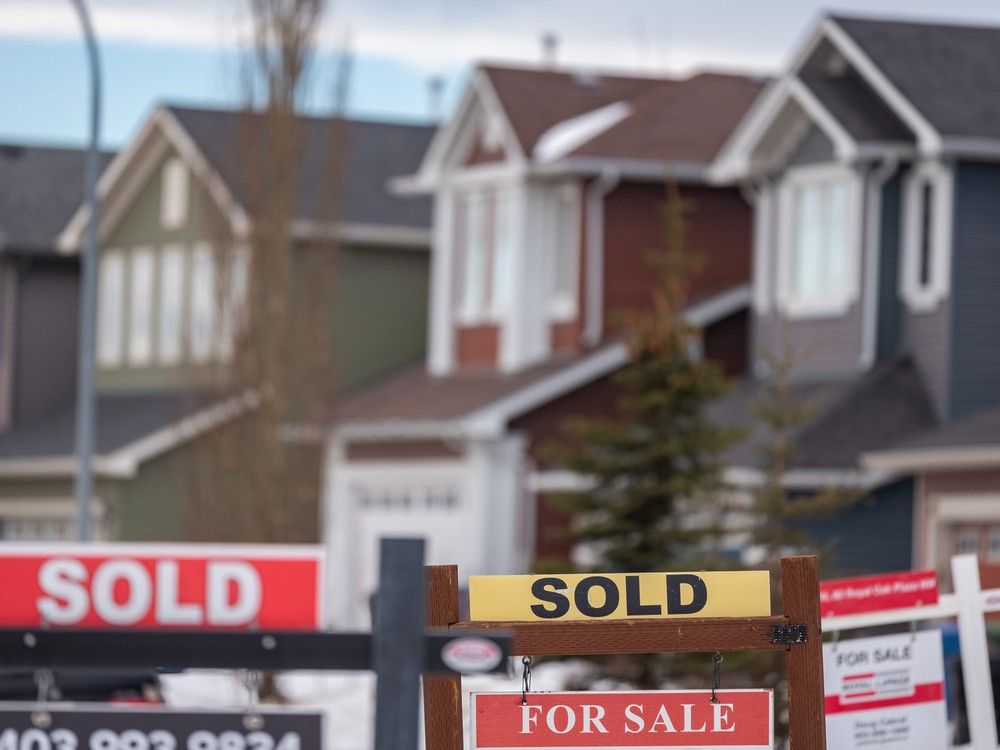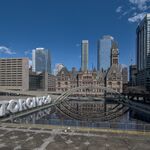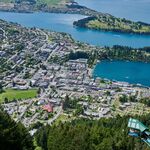UrbanWarrior
Senior Member
That Chinatown development is already well underway.
No, not yet.Have we seen any renderings of the Marda Loop development by Certus referenced in that article?
Somebody tell Oriental Phoenix!As someone with an “oriental” background, I’ll offer my two cents. It depends on the person, and the context. It isn’t racist to me, but more misguided or improper. There are some very specific racist terms that have been used for people from my part of the world and the people using them are purposely being racist, but when someone refers to me as “oriental” or even “Asian”, I think if it as misguided, or mislabelled.
Regardless of how long it takes to charge, it's bizarro to include parking of any sort in an urban park in a dense neighbourhood like this.
Enoch Park in Beltline to get sport courts, dog park - LiveWire Calgary
Enoch Park, one of Calgary’s Beltline greenspaces, could be getting major upgrades later this summer for both local area residents and for visitors to the downtown. Among the changes proposed to the park by the Calgary Municipal Land Corporation (CMLC) would be the addition of pickle ball and...livewirecalgary.com
Seems like a good proposal, other than the EV charging stations seem pointless (i.e. no-one is going to hang out at an inner city park for four plus hours to charge their car). Would be even better if the proposal included the entire block. I'm unsure who owns the eastern section of the block as that was once a hotel/gym proposal.
Absolutely, if you look at the proposal drawing it is bolt down bollards, paint, planter boxes, picnic tables and shipping containers. Should be a great and fairly cheap change to the area. This will get more people out using the park and eliminate 100+ parking stalls in the short term while still leaving the site ready for a full redevelopment in the future when the demand is there.I'm assuming this is more of a temporary activation of the existing parking lot rather than an actual expansion of the park. I.e. this portion of the lot will still be developed at some point in the future.

I saw those too, but was too far away to get a good look.It was hard to get a good picture because of the construction fencing, but some interesting lighting standards and a bunch of decorative posts being added around the Eau Claire construction site. Looks intriguing.

Build everything at 3-6 stories everywhere. It’s why there are a billion wood frame (for sale) starts in the burbs but almost no concrete for sale starts in the city. Give me inner city land and low rise prices and everything would explode if everything wasn’t being held by land speculators with zoning for high rise that won’t budge on price and let the land sit waiting for towers to be profitable"But growth has seemingly not kept pace with other provinces like British Columbia and Saskatchewan."
Calgary short on housing supply
Even though Calgary had record housing starts in 2022, supply isn't keeping pace with demand.calgaryherald.com
I discussed this topic earlier last month but in Calgary, I'm finding the number of developments being proposed and actually starting up extremely underwhelming. Disappointing since one would think that given the current housing demand conditions and overcoming years of poor development proposals due to economic weakness, we'd finally get tons of midrises and highrises popping up.
My opinion: detached narrow housing/multiplex infill for inner city areas is kind of a failure. The density increase is too marginal. The prices kind of speak to that.Build everything at 3-6 stories everywhere. It’s why there are a billion wood frame (for sale) starts in the burbs but almost no concrete for sale starts in the city. Give me inner city land and low rise prices and everything would explode if everything wasn’t being held by land speculators with zoning for high rise that won’t budge on price and let the land sit waiting for towers to be profitable
Maybe I just had a bad experience, but I wouldn't wish living in a wood frame apartment on my worst enemy. Maybe building codes are better now but I could hear EVERYTHING above me, lol.Build everything at 3-6 stories everywhere. It’s why there are a billion wood frame (for sale) starts in the burbs but almost no concrete for sale starts in the city. Give me inner city land and low rise prices and everything would explode if everything wasn’t being held by land speculators with zoning for high rise that won’t budge on price and let the land sit waiting for towers to be profitable




